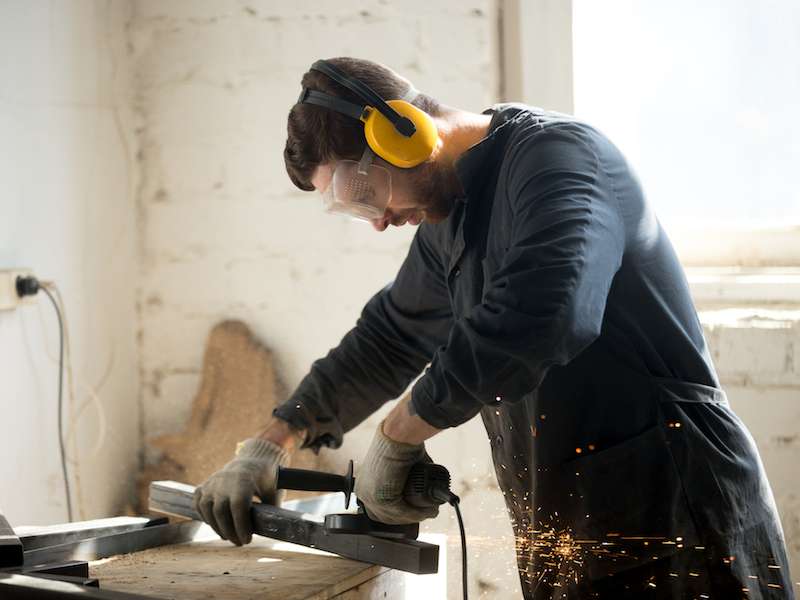
Is your hearing protection failing to protect your hearing? Here are 3 things to watch for.
In spite of your best efforts, you can sometimes encounter things that can hinder your hearing protection, both at home and at the job. That’s difficult to cope with. You’re trying to do the right thing after all. You put on your earmuffs every day while working; you wear earplugs when you go to a concert; and you stay away from your raucous Uncle Joe who is constantly yelling in your ears (although, maybe you just don’t really enjoy Uncle Joe).
Here’s the point, when you’re doing everything correctly but you’re still having trouble, it can be frustrating. Luckily, you can take some steps to protect yourself once you learn what types of things can interfere with the performance of your hearing protection. And that can ensure that your ear protection works at peak effectiveness even when you have some obstacles.
1. Wearing The Wrong Kind of Hearing Protection
There are two convenient and standard categories of hearing protection: earplugs and earmuffs. As the names may suggest, earplugs are compact and can be pushed directly inside the ear canal. Earmuffs are like large headphones with no tunes (instead, they, you know, safeguard your hearing).
- Earplugs are encouraged when you’re in an environment where the sound is comparatively continuous.
- Earmuffs are recommended in instances where loud sounds are more irregular.
There’s a simple reason for that: when there’s no noise, you’ll want to remove you’re hearing protection which is harder to do with earplugs than earmuffs. Earplugs take a little more work to put in and are easy to lose so you might find yourself needing to replace lost plugs when you really need them.
You will be okay if you wear the proper protection in the appropriate situation.
2. Your Hearing Protection Can be Affected by Your Anatomy
There are many variables in human anatomy from person to person. That’s why your vocal cords are more normal sized compared to old Uncle Joe’s larger vocal cords. It’s also why your ear canal might be narrower than the average individual’s.
This can cause issues with your ear protection. Disposable hearing protection is frequently a one size fits all mentality, or at best, a small, medium, large scenario. So, perhaps you give up in frustration because you have tiny ear canals, and you stop using any hearing protection.
This can leave you open to risk, undercutting the hearing protection you were trying to provide for yourself. The same thing can occur if, for example, your ears are a bit larger, making earmuff style protectors awkward. For people who work in noisy environments, a custom fit pair of hearing protection is a good investment.
3. Check if There’s Any Wear And Tear on Your Hearing Protection
If you’re wearing your hearing protection daily, you should give yourself a pat on the back. But day-to-day use will cause wear and tear to your hearing protection which you need to keep an eye on.
- Clean your hearing protection. Earwax serves a practical function in your body but it can also accumulate on your hearing protection. Just make certain that you wash properly; if you’re cleansing an earmuff set, take apart the earmuffs. Be mindful not to drop your earplugs down the drain.
- If you use earmuffs, check the band. When the elastic is worn out and the band is no longer holding the earmuffs snug, it’s time to replace the band.
- Replace cushions on earmuffs from time to time (typically, when those cushions are no longer pliable, they’re ready for the heave-ho).
If you want to get optimum benefit, you need to perform regular maintenance on your hearing protection. If you have any questions or how to do that, or how to make sure you’re ready for things that can mess with your hearing protection, it’s a good idea to have a frank conversation with a highly qualified hearing professional.
You need your hearing. Taking the time to protect it properly is worthwhile.